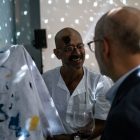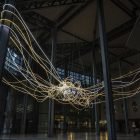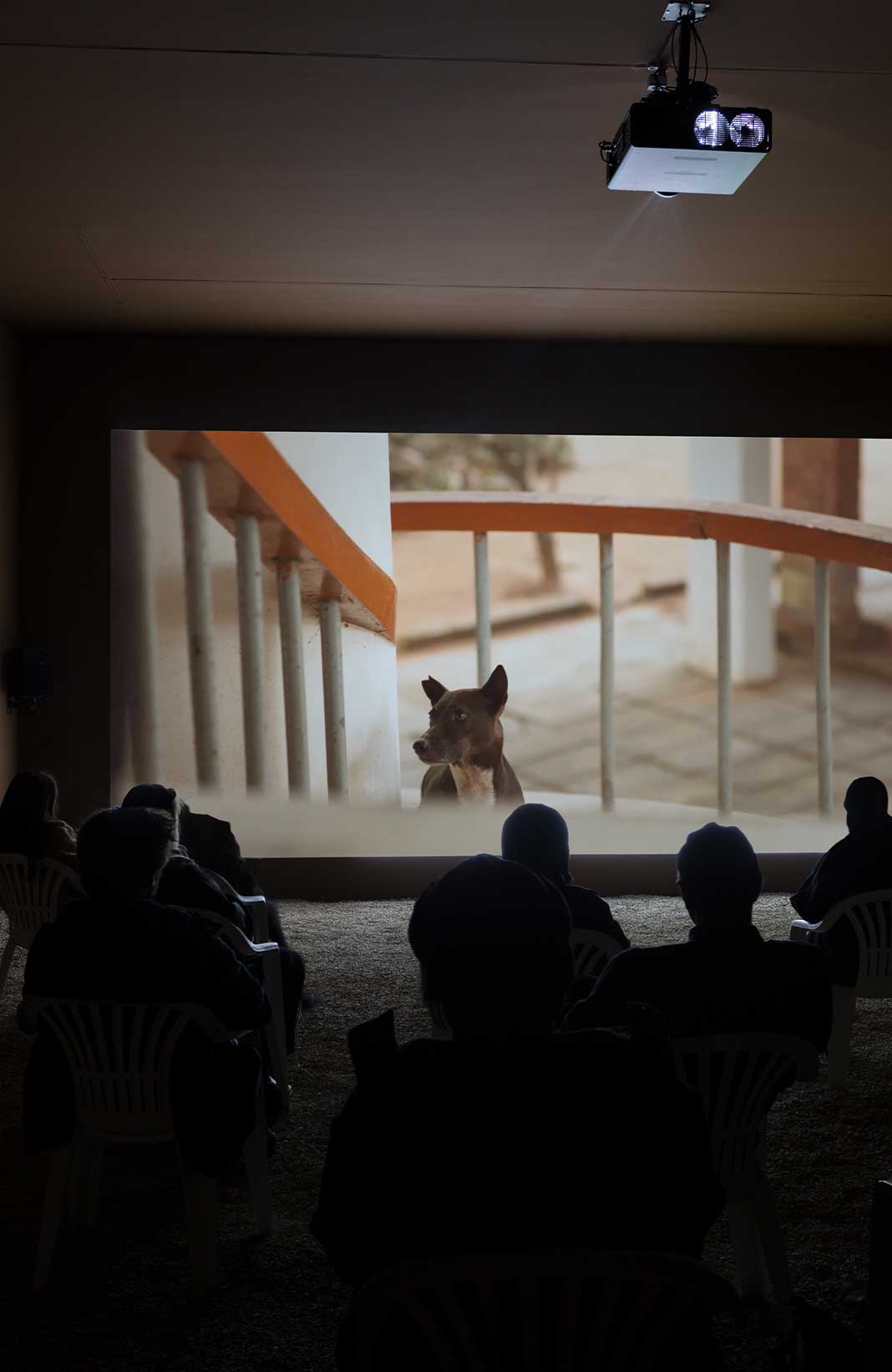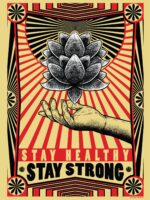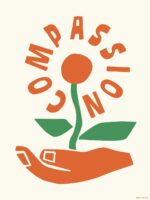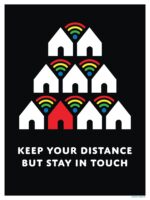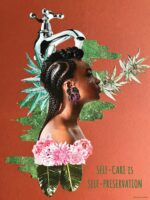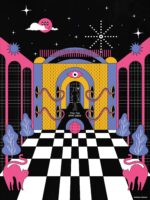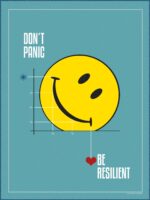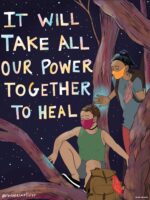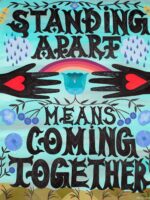Failure Files x The Wellbeing ProjectFailure Files x The Wellbeing Project

Failure is a part of life, especially for those working on complex issues for social change. Yet, very few people talk about failure, the deep impact it has on individuals as well as those around them, and the life lessons that come from failing.
To break this silence, The Wellbeing Project is partnering with India Development Review (IDR).
The partnership with IDR will bring forth stories at the intersection of failure and well-being through IDR’s Failure Files, a multimedia initiative that seeks to normalise conversations around failure in the pursuit of social change.
We invite you to tune into the Failure Files podcast, to hear the inspiring stories of people who have failed forward. Listen to social entrepreneurs, a Dalit rights activist, and an Olympic gold medallist tell us about their failures, how it impacted both individual and collective well-being, and what the road to recovery and resilience looks like.
EPISODE 1
Having a dream is not enough | Vishal Talreja, Suchetha Bhat
In Part I of this conversation with IDR, Dream a Dream’s co-founder Vishal Talreja and CEO Suchetha Bhat share the story of the organisation’s implosion, Vishal’s burnout, and how owning up to failure was the first step in figuring out the way to build back up.
EPISODE 2
The road to recovery | Suchetha Bhat, Vishal Talreja
In Part II of this conversation, Dream a Dream CEO Suchetha Bhat and co-founder Vishal Talreja talk about what it took to rebuild an organisation in crisis, and how that led to discovering a new kind of leadership—one that the world needs more of.
EPISODE 3
Preparing for a marathon, not a sprint | Thenmozhi Soundararajan
What does self-care mean for those who are fighting systems of oppression and discrimination that are set up against them? On this episode, Thenmozhi Soundararajan, founder and executive director of Equality Labs, a Dalit civil rights organisation, talks about how systems of oppression affect well-being, what healing looks like for individuals and communities, and why failure is an opportunity to build power.
ABOUT INDIA DEVELOPMENT REVIEW ABOUT INDIA DEVELOPMENT REVIEW
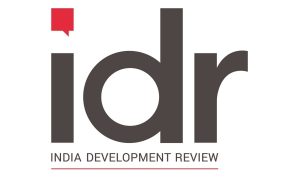
India Development Review (IDR) is Asia’s largest online media platform covering social change. IDR publishes cutting-edge ideas, lessons and insights, written by and for the people working on some of India’s toughest problems.
FOLLOW IDR ON SOCIAL MEDIA :




